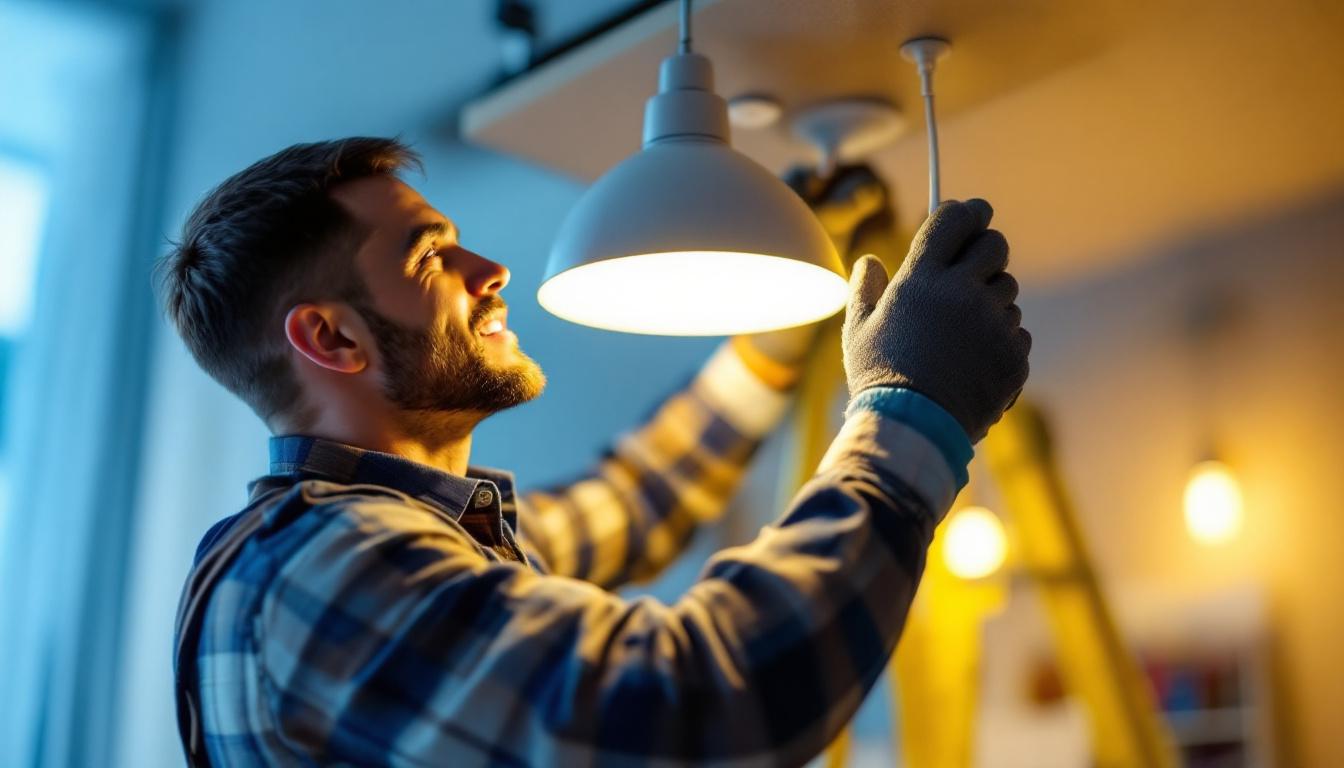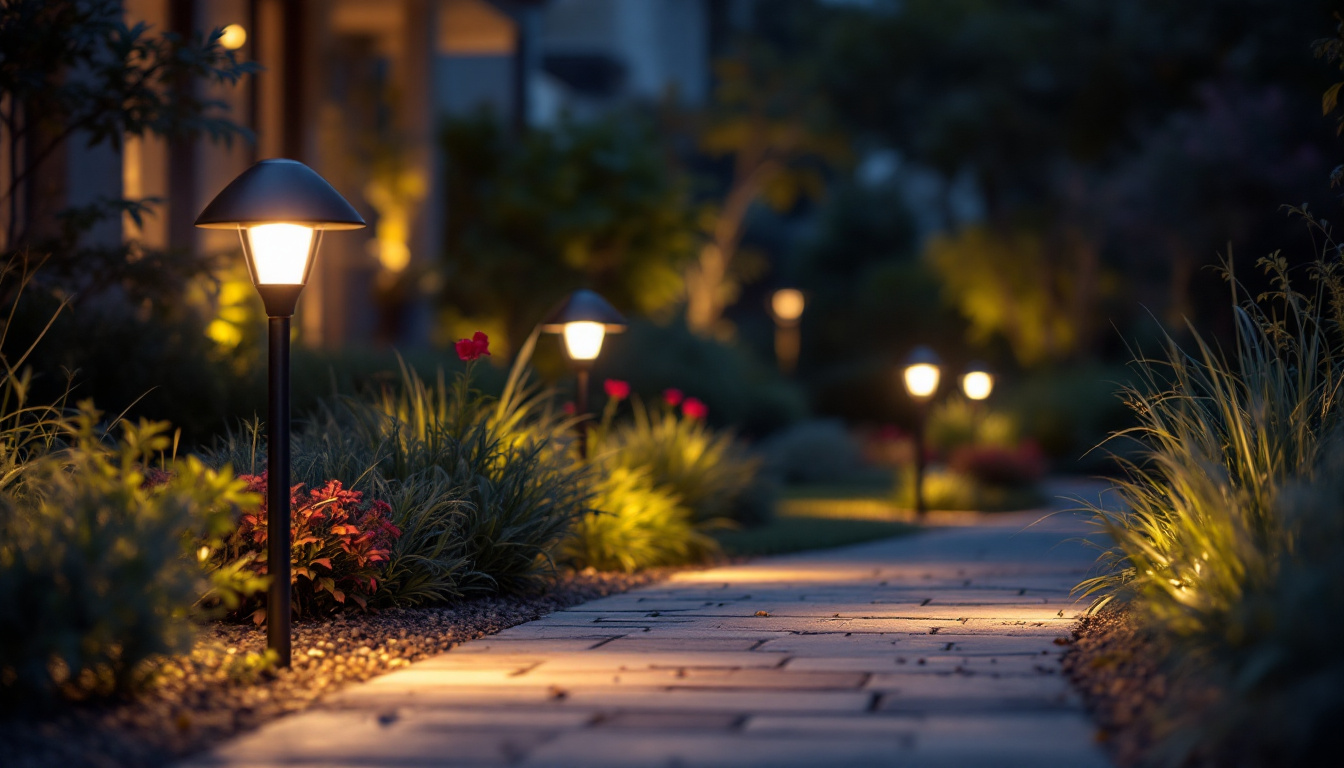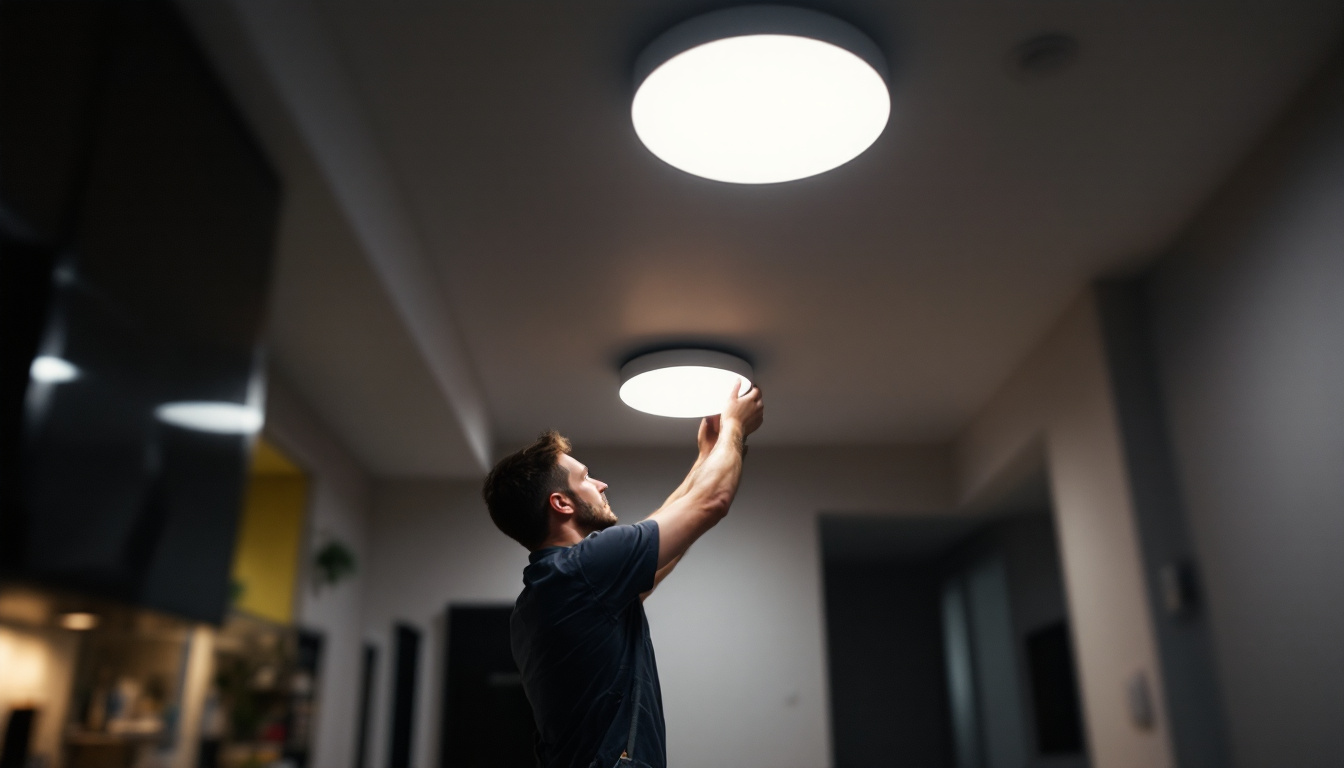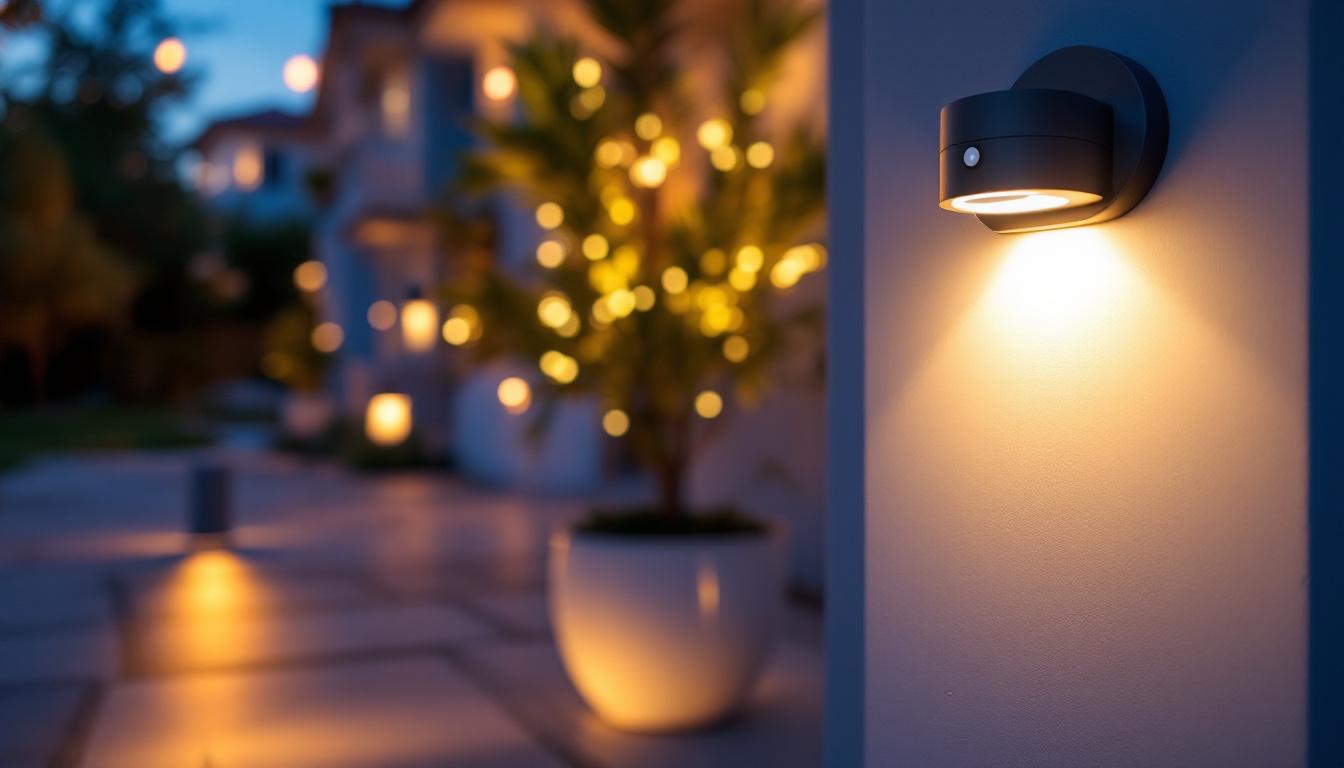
Lighting plays a pivotal role in creating the perfect ambiance for a theater room. It not only enhances the viewing experience but also contributes to the overall aesthetic of the space. For lighting professionals, understanding the nuances of theater room lighting is essential to meet client expectations and ensure satisfaction. This article provides a comprehensive checklist that covers all aspects of theater room lighting, helping lighting contractors deliver exceptional results.
Before diving into the specifics of lighting design, it is crucial to grasp the fundamental principles that govern theater room lighting. The right lighting can transform a simple room into a cinematic experience, making it vital for lighting professionals to have a solid foundation in lighting concepts. A well-designed lighting scheme not only enhances the visual quality of films but also contributes to the overall comfort and enjoyment of the viewing experience. Therefore, understanding the interplay between light and space is essential for creating an inviting atmosphere that captivates audiences.
Layered lighting involves using multiple types of lighting to achieve a balanced and dynamic environment. In a theater room, this typically includes ambient, task, and accent lighting. Ambient lighting provides overall illumination, while task lighting focuses on specific areas, such as reading lights or controls. Accent lighting, on the other hand, highlights architectural features or artwork, adding depth and interest to the space. This thoughtful combination not only improves functionality but also enhances the aesthetic appeal of the room.
By incorporating these three layers, lighting professionals can create a versatile atmosphere that caters to various activities, from watching movies to hosting gatherings. Each layer should be adjustable to accommodate different moods and preferences, allowing clients to tailor the lighting to their specific needs. For instance, during a movie screening, dimming the ambient light while keeping accent lights subtly illuminated can create an immersive experience, drawing the audience’s focus to the screen while still providing a sense of space. Additionally, incorporating smart lighting technology can further enhance this adaptability, allowing users to control their environment with ease through mobile apps or voice commands.
Color temperature is another critical aspect of theater room lighting. Measured in Kelvin (K), it influences the mood and feel of the space. Warmer color temperatures (around 2700K to 3000K) create a cozy and inviting atmosphere, ideal for relaxation and enjoyment. In contrast, cooler temperatures (above 4000K) can appear harsh and uninviting, which is not suitable for a theater setting. The choice of color temperature can also affect how colors are perceived on screen, making it essential for lighting professionals to choose wisely.
Lighting professionals should consider the desired ambiance when selecting fixtures and bulbs. Dimmable options can offer flexibility, allowing users to adjust the color temperature based on the time of day or the type of content being viewed. Furthermore, the use of LED technology has revolutionized theater lighting, offering a wider range of color temperatures and improved energy efficiency. By utilizing tunable white LEDs, users can seamlessly transition from warm to cool tones, enhancing the emotional impact of the film while also ensuring that the lighting remains comfortable for extended viewing sessions. This adaptability not only enriches the cinematic experience but also promotes a healthier environment by reducing eye strain and fatigue.
Choosing the right fixtures is crucial for achieving the desired lighting effects in a theater room. Various types of lighting fixtures serve different purposes, and understanding their functions can help lighting professionals make informed decisions.
Recessed lighting is a popular choice for theater rooms due to its sleek and unobtrusive design. These fixtures can be installed in ceilings, providing even illumination without taking up valuable space. When positioned correctly, recessed lights can enhance the overall ambiance while minimizing glare on screens.
It is essential to consider the beam angle and placement of recessed lights to avoid shadows and ensure a uniform distribution of light. Additionally, using dimmable recessed fixtures allows for greater control over the lighting levels, accommodating various viewing scenarios.
Wall sconces are an excellent way to add character and style to a theater room. They can serve as accent lighting, highlighting artwork or architectural features while providing a warm glow. When selecting sconces, consider their placement and height to ensure they complement the overall design.
Incorporating dimmable wall sconces can enhance the flexibility of the lighting design, allowing users to create different moods for various activities. Additionally, selecting fixtures with adjustable heads can provide targeted lighting for specific areas, further enhancing the versatility of the space.
LED strip lighting has gained popularity for its versatility and ease of installation. These flexible strips can be placed along the edges of ceilings, behind screens, or within architectural features to create a dramatic effect. They can also be programmed to change colors, adding an interactive element to the theater experience.
When using LED strip lighting, it is crucial to consider the brightness and color options. The ability to adjust these settings can significantly enhance the viewing experience, making the room feel more immersive. Additionally, LED strips are energy-efficient, making them a practical choice for long-term use.
An effective lighting control system is essential for managing the various lighting elements in a theater room. This system allows users to adjust the lighting to suit their preferences and the specific activities taking place in the space.
Smart lighting solutions have revolutionized the way lighting is controlled in residential spaces. These systems enable users to manage their lighting through mobile apps or voice commands, providing convenience and flexibility. Lighting professionals should consider integrating smart technology into their designs to enhance user experience.
Smart lighting systems can be programmed to create specific scenes, allowing users to set the perfect ambiance for movie nights, parties, or casual gatherings. Additionally, these systems can be easily updated or expanded, ensuring that the lighting remains relevant as technology evolves.
Dimmer switches are a fundamental component of any theater room lighting design. They provide users with the ability to adjust the brightness of the lights, allowing for a tailored experience. By incorporating dimmers into the lighting plan, professionals can ensure that clients have the flexibility to create the desired atmosphere at any time.
When selecting dimmer switches, it is essential to choose compatible options for the specific types of bulbs being used. This compatibility ensures smooth operation and prevents flickering or buzzing, which can detract from the viewing experience.
The placement of the screen in a theater room significantly impacts the lighting design. Properly positioning the screen in relation to the lighting sources can enhance the viewing experience and minimize distractions.
Glare can be a major issue in theater rooms, detracting from the overall experience. To minimize glare, lighting professionals should consider the placement of fixtures in relation to the screen. Avoiding direct light sources that shine onto the screen is crucial for maintaining an enjoyable viewing environment.
Additionally, using blackout curtains or shades can help control ambient light from outside sources. This control allows for a more immersive experience, as the room can be fully darkened when needed.
Different types of screens may require varying lighting conditions. For instance, a matte screen may reflect light differently than a glossy screen, necessitating adjustments in lighting placement and intensity. Lighting professionals should be aware of these differences to ensure optimal viewing conditions.
Furthermore, the size and layout of the room can influence the lighting design. A larger room may require more powerful fixtures or additional layers of lighting to achieve the desired effect, while a smaller space may benefit from more focused lighting solutions.
When designing lighting for theater rooms, safety and compliance should always be a priority. Ensuring that the lighting system adheres to local codes and regulations is essential for both the safety of the users and the longevity of the installation.
Electrical safety is paramount in any lighting installation. Lighting professionals should ensure that all wiring is correctly installed and meets local electrical codes. This includes using appropriate gauge wiring, securing connections, and ensuring that fixtures are rated for their intended use.
Additionally, it is essential to consider the placement of outlets and switches. Ensuring that these elements are easily accessible and located away from potential hazards can help prevent accidents and ensure a safe environment.
Fire safety measures should also be a key consideration when designing theater room lighting. Using fixtures that are rated for their specific application can help mitigate risks. For instance, using heat-resistant materials and ensuring proper ventilation around fixtures can prevent overheating.
Moreover, incorporating emergency lighting solutions can enhance safety in the event of a power outage. These solutions can guide users safely out of the room, ensuring that they can exit without injury.
Creating the perfect theater room lighting involves a careful balance of aesthetics, functionality, and safety. By following this essential checklist, lighting professionals can ensure that they deliver exceptional results that meet the needs and preferences of their clients.
From understanding the basics of layered lighting to selecting the right fixtures and implementing effective control systems, each aspect plays a crucial role in the overall design. By considering the unique requirements of each theater room, professionals can create a tailored lighting solution that enhances the viewing experience and elevates the space.
Ultimately, the goal is to create an immersive environment that allows users to fully enjoy their cinematic experience. By staying informed about the latest trends and technologies in theater room lighting, lighting professionals can continue to provide exceptional service and exceed client expectations.
Ready to elevate your theater room designs with the finest lighting solutions? Look no further than LumenWholesale, where we provide lighting professionals like you with top-quality, spec-grade lighting products at unbeatable wholesale prices. Our extensive selection is designed to meet the highest industry standards, ensuring you deliver that immersive cinematic experience your clients crave. Plus, with free shipping on bulk orders, you can get premium lighting at the best value — all without hidden fees or compromises. Don’t settle for less; choose LumenWholesale for quality, affordability, and convenience. Explore our wholesale lighting options now and bring your theater room projects to life.

Explore the essential insights and strategies lighting contractors need to excel in their field with “1250 6: The Points for Lighting Contractors.” This article delves into industry standards, innovative techniques, and practical tips to enhance your projects and boost client satisfaction.

Discover how outdoor solar lights are revolutionizing the lighting industry for contractors.

Discover how ceiling pot lights and recessed lights can enhance efficiency for lighting contractors.

Discover the transformative impact of dusk to dawn outdoor light sensors through real-world success stories from lighting contractors.